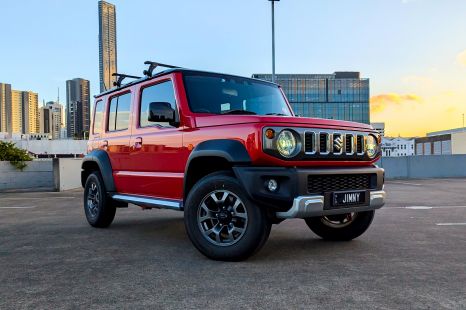

William Stopford
2026 Suzuki Jimny XL review
18 Hours Ago

News Editor
Hyundai’s N performance sub-brand has its first SUV: the 2021 Hyundai Kona N.
This isn’t some hulking off-roader, mind you, and the Kona N doesn’t even feature all-wheel drive.
Hyundai has confirmed its high-riding Kona N SUV is on track to touch down in Australia during the third quarter of 2021, at which point it’ll join the facelifted i30 N hot hatch.
It’ll be available exclusively with a turbocharged 2.0-litre four-cylinder engine producing 206kW of power and 392Nm of torque, mated to Hyundai’s new eight-speed wet dual-clutch automatic transmission.
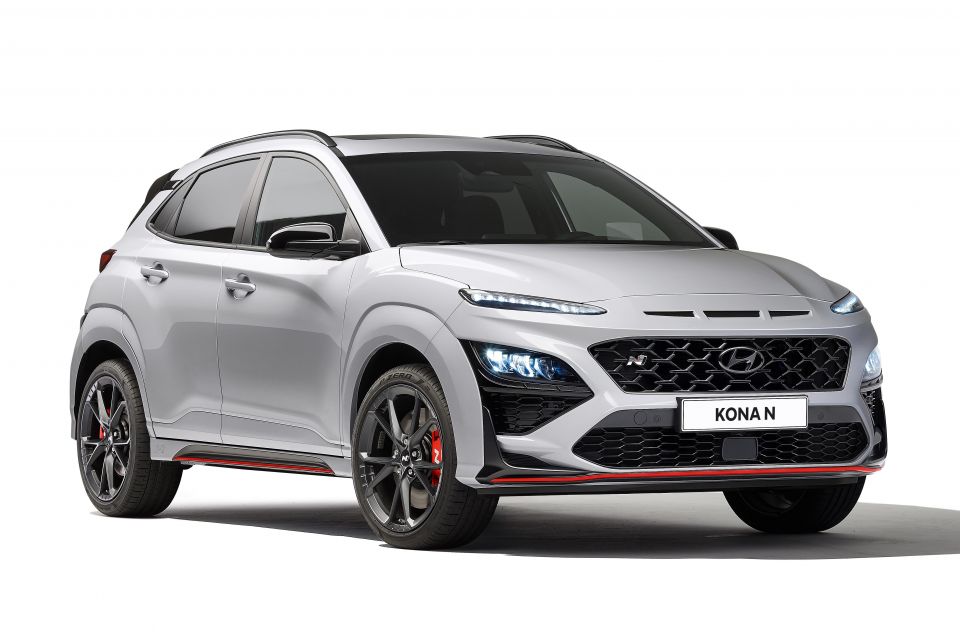
Hyundai claims a 0-100km/h time of 5.5 seconds, 0.4 seconds quicker than the updated i30 N hatchback when equipped with a manual transmission.
Kerb weight is 1510kg, compared to 1395-1504kg for the Kona N Line.
Pressing the N Grin Shift button adds an extra 7kW of power for 20 seconds, and you can then use the feature again after 40 seconds.
Other features include launch control, a variable exhaust, and an electronic limited-slip differential to control torque distribution to the front wheels.
Hyundai calls the Kona N’s drive mode selector its N Grin Control System. It allows you to choose between Eco, Normal, Sport, N and Custom modes, which adjust the engine, stability control, steering and exhaust sound.
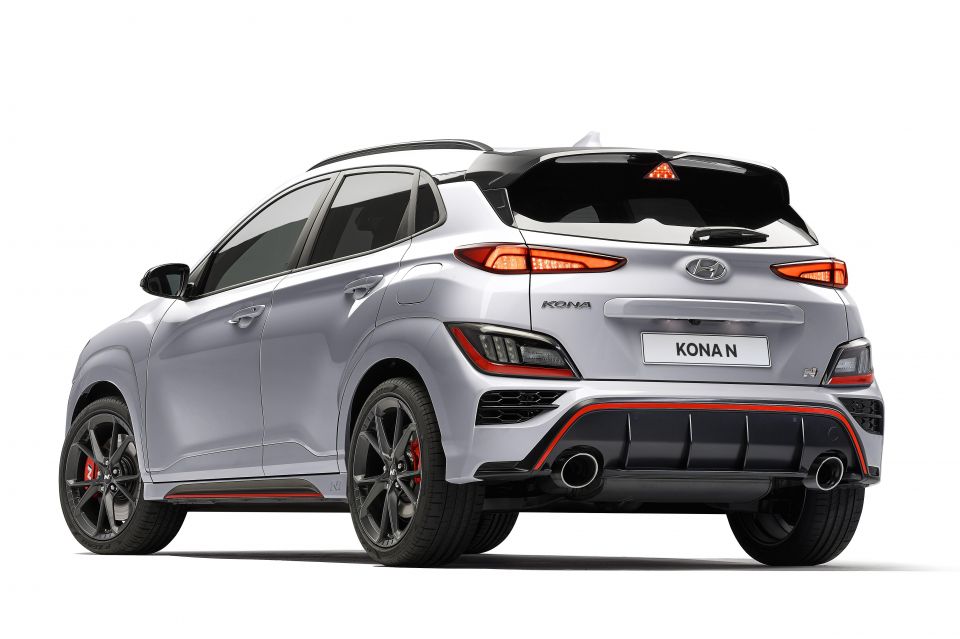
There have been various enhancements made to the Kona’s structure in its transformation to an N model, including a reinforced and more rigid structure and extra welding points.
It rides on 19-inch lightweight forged alloy wheels behind which sit larger, high-performance brakes.
The Kona N’s exterior otherwise bears a close resemblance to that of the Kona N Line, with its body-coloured fenders, wide front air intake and the three slots above the grille.
The N features unique red accents and a triangular high-mounted rear stop light, and also debuts a new, N-exclusive Sonic Blue exterior colour.

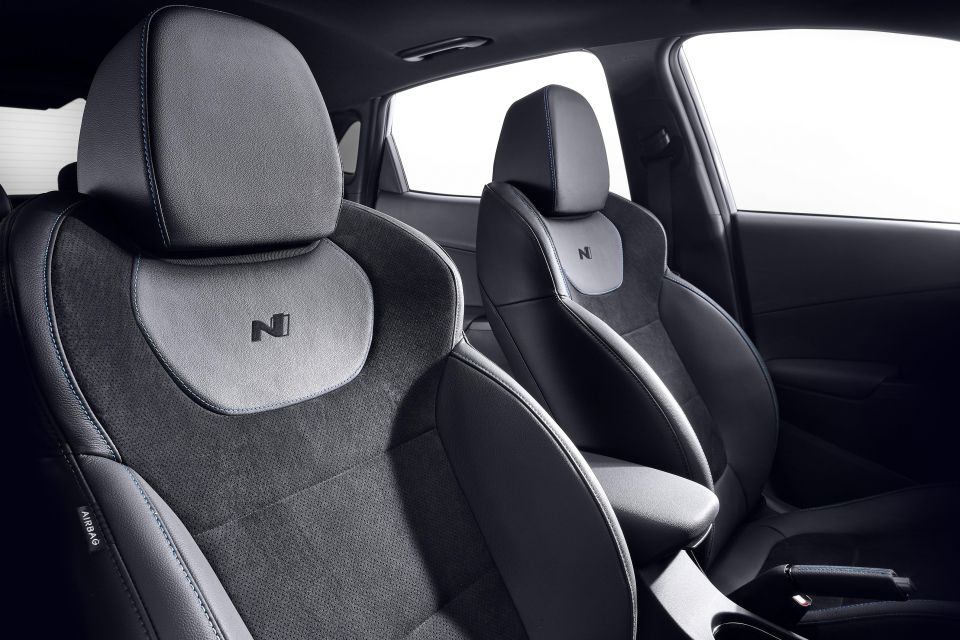
Inside, there are accents finished in the N-signature Performance Blue, plus two configurable N buttons on the steering wheel to which functions like the lap timer or drive mode selector can be assigned.
There’s a 10-inch digital instrument cluster which Hyundai says adds a “game-like” dimension when you’re driving in N or Sport modes, and can also display your lap time and track maps.
Standard safety equipment includes the following:
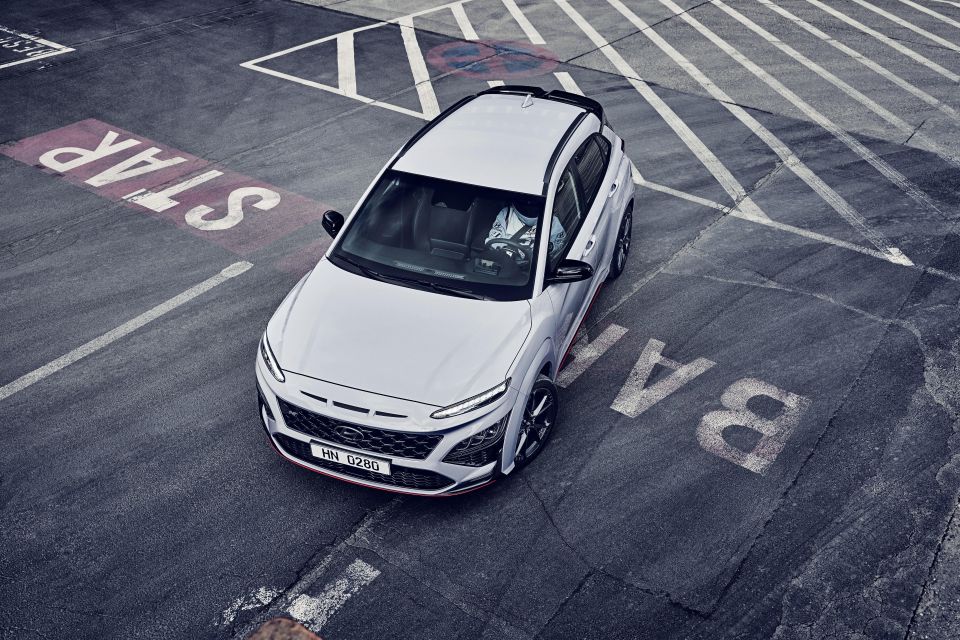
As the Kona N borrows the updated i30 N’s drivetrain, this means the Kona model range starts with front-wheel drive models, atop which sit all-wheel drive, turbocharged N Line models and above them the more powerful but front-wheel drive N.
In developing the Kona N and eschewing all-wheel drive, Hyundai R&D chief Albert Biermann says, “It was not about lap time or just pure cornering speed, it was all about feel, response, the way the Kona N talks to you as a driver”.
“I tested the Kona N in Sweden and I have to say it’s a real winter beast with winter tyres on it, and we tuned the e-LSD in a way that even in winter driving, we even have a deep snow mode.
“Why carry the all-wheel drive system around all year long, why add all the cost… Our N story is also to be the best in fun per dollar.”
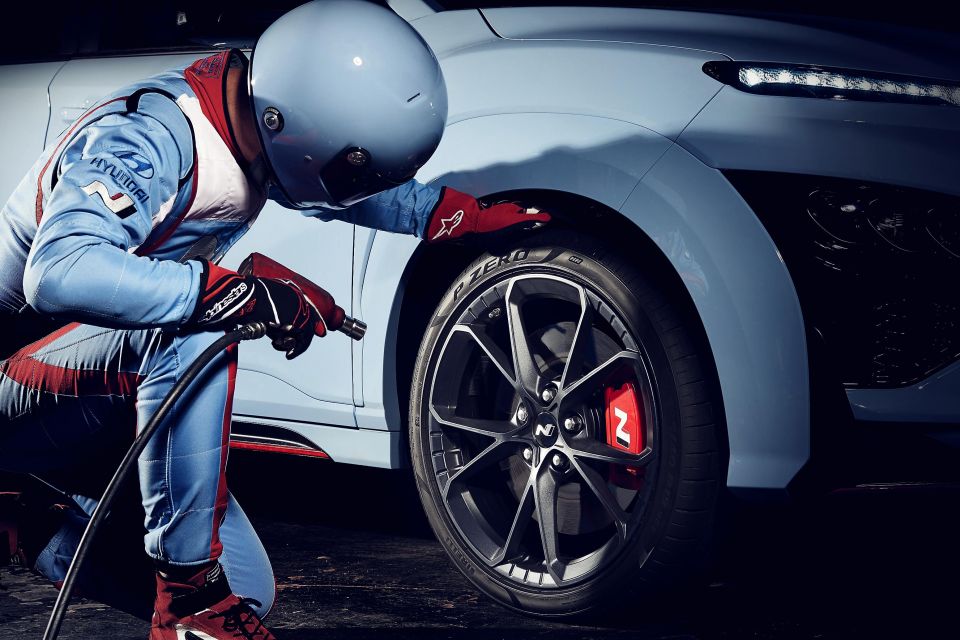
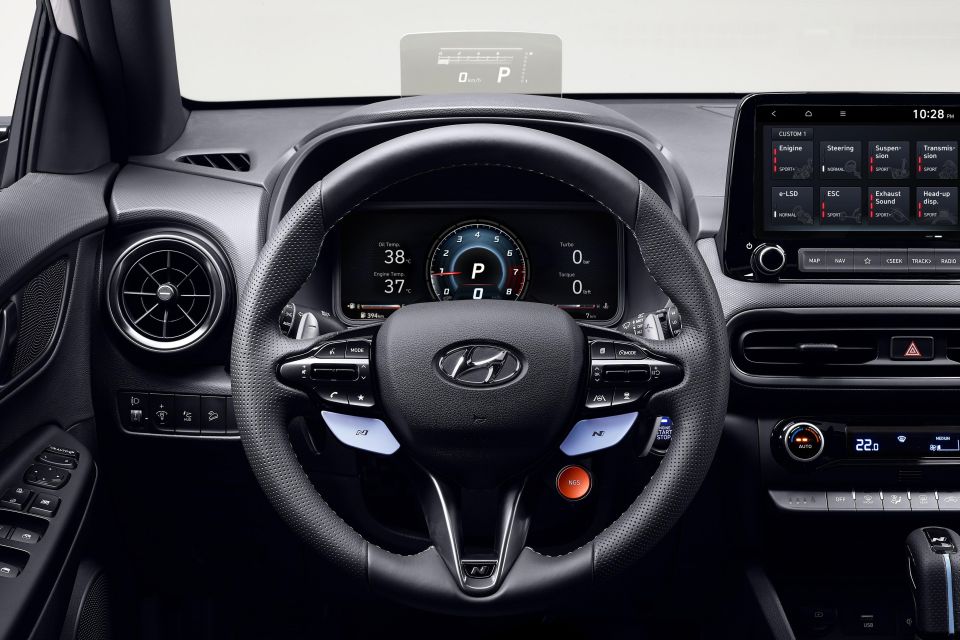
Hyundai is expanding its range of N and N Line vehicles to 18 models through 2022.
Coming this year are the updated i30 N hatch and the new i30 N Sedan.
Hyundai has poured cold water on the likes of a large N-fettled SUV, though it confirmed it’s discussing a Tucson N and is gauging public reaction to the Kona N before beginning development.
The Kona N will essentially have no direct rivals in Australia, at least not until the Volkswagen T-Roc R arrives.
Expected to launch locally in 2022, the all-wheel drive T-Roc R uses a turbocharged 2.0-litre engine making 221kW of power and 400Nm of torque
Where expert car reviews meet expert car buying – CarExpert gives you trusted advice, personalised service and real savings on your next new car.
William Stopford is an automotive journalist with a passion for mainstream cars, automotive history and overseas auto markets.


William Stopford
18 Hours Ago
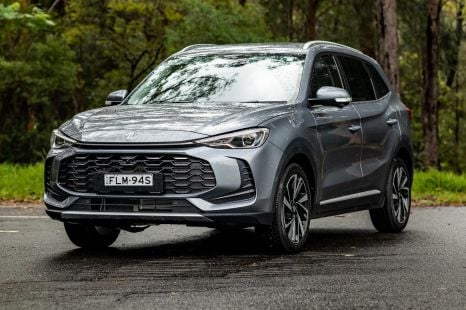

Matt Campbell
2 Days Ago
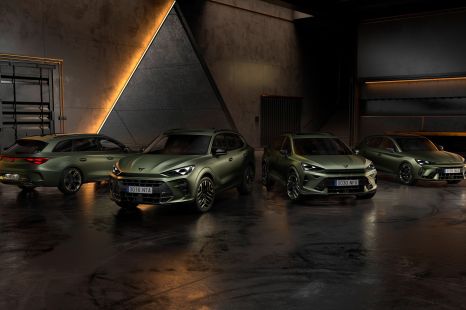

James Wong
3 Days Ago
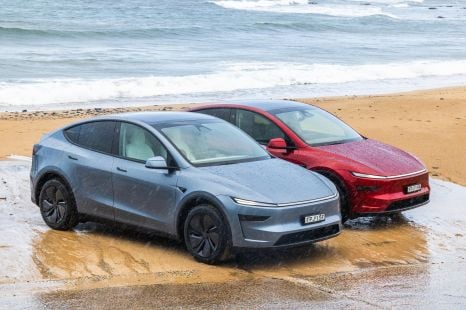

William Stopford
6 Days Ago


Neil Briscoe
7 Days Ago
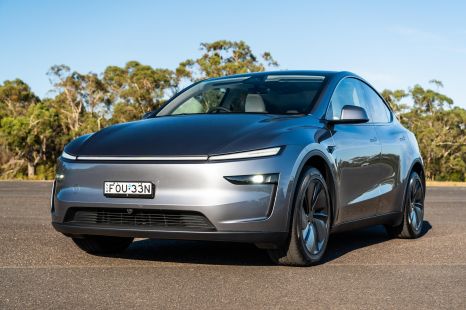

CarExpert.com.au
7 Days Ago